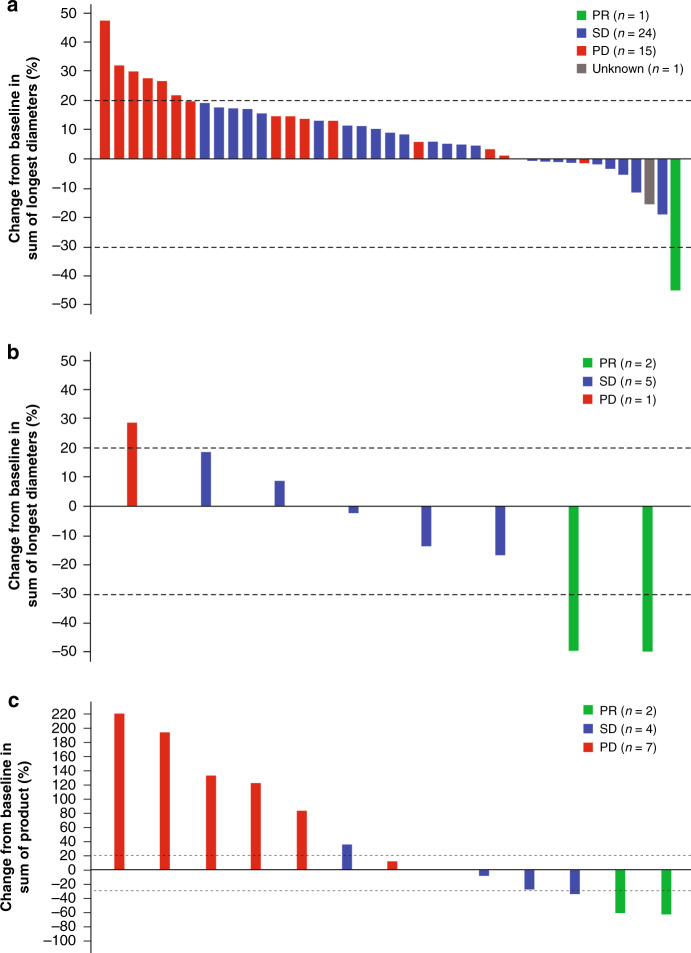Fig. 3. Changes from baseline to best response in measurements of target lesions.
Percentage change from baseline to best response in target lesions is shown in patients with solid tumours (a), NC (b) and diffuse large B-cell lymphoma (DLBCL) (c). Only the largest decrease in the sum of the product or longest diameters for each eligible patient is shown in each figure. For patients with solid tumours, those with missing (n = 5) responses were excluded; one patient with prostate cancer who achieved SD as best response did not have a tumour diameter measurement and is not shown. Six patients with DLBCL without postbaseline tumour assessment were excluded. Among patients with solid tumours, a PR was reported in a patient with salivary gland cancer; SD was reported in patients with salivary gland cancer (n = 4), colorectal cancer (n = 5), oesophageal carcinoma (n = 1), non-small cell lung cancer (n = 1), prostate cancer (n = 7), breast cancer (n = 2), pancreatic cancer (n = 1), uterine cancer (n = 1), ovarian cancer (n = 2) and hepatic cancer (n = 1); PD was reported in patients with squamous cell carcinoma (n = 1), colorectal cancer (n = 4), non-small cell lung cancer (n = 1), poorly differentiated carcinoma of unknown origin (n = 1), pancreatic cancer (n = 1), breast cancer (n = 2), ovarian cancer (n = 1), gastrointestinal stromal tumour (n = 1), fallopian tube cancer (n = 1), endometrial cancer (n = 1) and adenocarcinoma pancreas (n = 1); and a patient with colorectal cancer had an unknown response.

